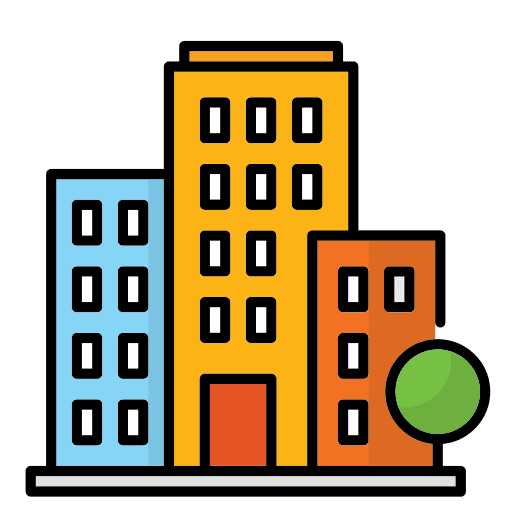Answers about Explorers and Expeditions
Studio
1
1
39 ตร.ม.
รหัสประกาศ 2454327
ไม่ระบุราคา
ขาย : Answers about Explorers and Expeditions
Basically, there was no education. Monks and math grade priests as well as a few nobility could read and write, varsity tutors practice test but the population as a whole couldn't. Virtual reality can recreate real-world scenarios that students might encounter in STEM fields. For example, it can simulate a laboratory experiment, an engineering design challenge, or a mathematical problem. Students can apply their problem-solving skills to solve challenges in a safe and controlled environment.VR can integrate multiple STEM disciplines, allowing students to see the interconnections between the subject matter. For example - Physics simulations can incorporate elements of mathematics and engineering. By experiencing these interdisciplinary connections, students can develop a holistic approach to problem-solving and understand the relevance of STEM in real-world situations. Umety offers stem education that revolutionize the way students learn and develop problem-solving skills.
By providing immersive and interactive experiences, VR enables students to engage with STEM concepts in a hands-on and meaningful way, fostering critical thinking, creativity, and innovation. For those who have any queries regarding in which in addition to how you can make use of effective study skills children, you are able to e mail us in our web-site. Virtual reality provides an immersive experience that can spark students' interest and motivation to study. The interactive nature of VR learning creates a sense of presence and excitement, making learning more fun and enjoyable. STEM education, combined with virtual reality (VR) technology, can be a powerful tool for developing problem-solving skills in students.
It is predicted that immersive VR will reach upto $700 million by 2025. VR allows students to do impossible things in the real environment, especially in the STEM world. This article will explore how STEM education can be implemented using virtual reality and help develop problem-solving skills. Virtual reality platforms can facilitate student collaboration and communication by working in a virtual shared space.
Students can share their ideas, solve problems collaboratively, and discuss solutions. By doing this, it fosters teamwork, critical thinking, and practical communication skills that are essential for problem-solving. Virtual reality platforms can provide personalized and adaptive learning experiences. The system can provide real-time feedback and tailored guidance to individual students by tracking interactions and performance within the virtual environment.
This feedback loop promotes iterative problem-solving, self-reflection, and continuous improvement. Benefits of STEM courses In STEM education, there are multiple opportunities where virtual reality plays a significant role. Adding VR into the curriculum can help medical students learn about the human body by enabling them to get inside the body and study. In addition, architects will be able to design in an immersive environment, chemistry students can practice lab skills in a safe and controlled environment.
Here are some benefits of STEM Curriculum that help students to shape their future. VR technology allows students to experiment and explore STEM concepts in ways that may not be feasible in a traditional classroom setting. They can conduct virtual experiments, explore scientific phenomena, and test hypotheses in a risk-free environment. This freedom to explore encourages curiosity, creativity, and resilience when faced with challenges.
STEM Education in virtual space It is important to note that while VR technology offers many advantages for developing problem-solving skills, it should complement traditional teaching methods. A well-designed curriculum that combines virtual reality experiences with hands-on activities, discussions, and assessments is essential to maximize the benefits of STEM education using VR. Additionally, educators should consider accessibility, equity, and affordability when implementing VR-based experiences to ensure all students benefit from this technology.








